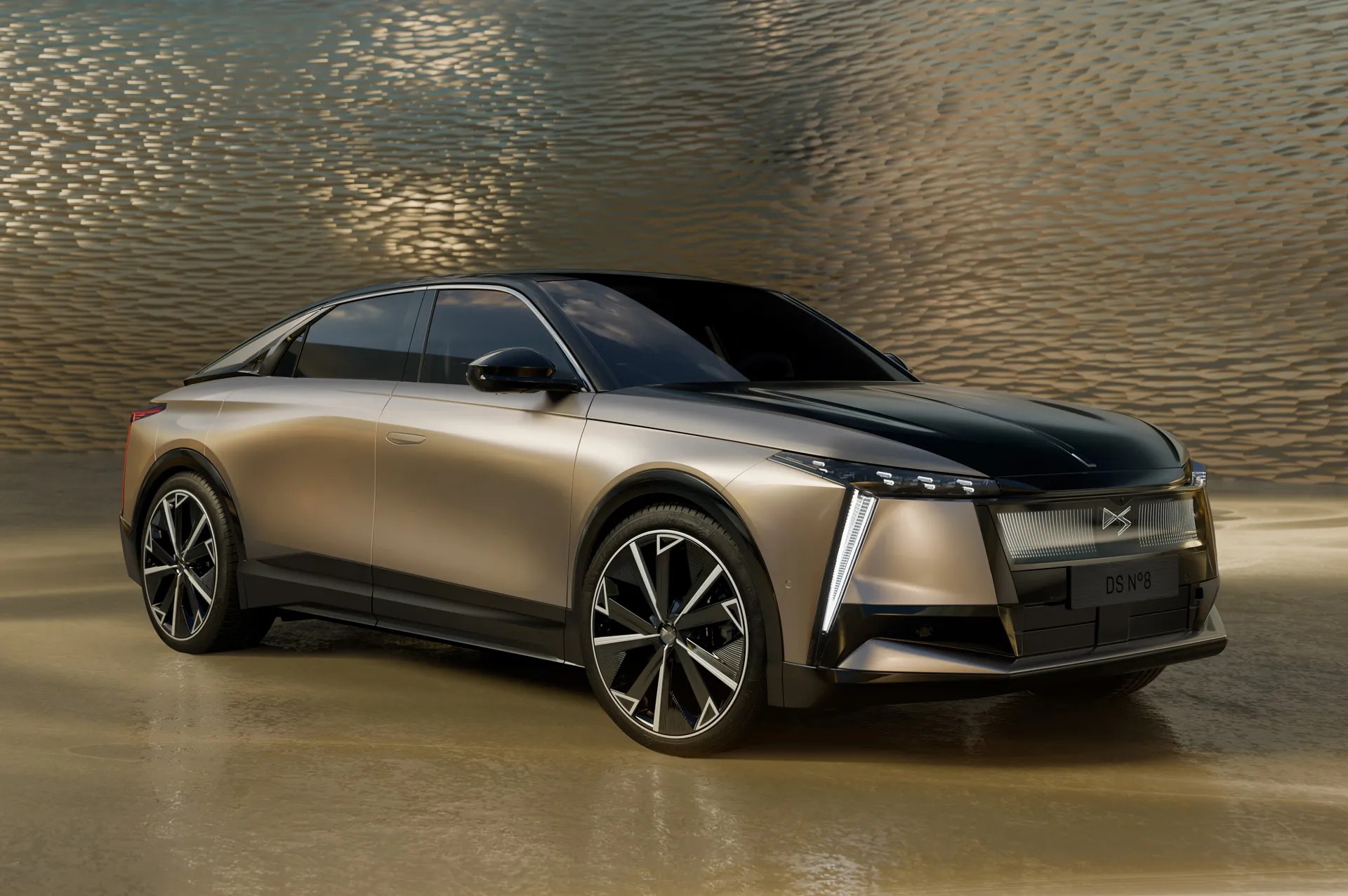The chassis of the Lamborghini Temerario consists of half the structural components of the Huracan

In August, Lamborghini unveiled the Temerario, the successor to the Huracan. Considering that the Huracan was the best-selling car in Lamborghini's history, with more than 20,000 built over the course of a decade, this new supercar has an important role to play.
Lamborghini pulled out all the stops when designing the Temerario, with a new chassis, a new powertrain, and a new aerodynamic concept.
The chassis uses the same aluminum spaceframe design as the Huracan, but with significant changes: the number of structural components has been cut in half compared to the Huracan chassis, the number of heat welds has been reduced by 80%, and torsional rigidity has been increased by 25%.
The chassis is also lighter than the Huracan's and at the same time has more space for occupants, according to Lamborghini. However, the weight savings are offset by the increased weight of the Temerario's plug-in hybrid system. The Temerario's total weight increased to 3,725 pounds dry weight, compared to about 3,330 pounds for the Huracan with the V-10 engine.
In the Temerario, a newly developed twin-turbo 4.0-liter V-8 produces a peak power of 907 hp and works with three axial-flow electric motors. Like its Rebelto brother, the Temerario has two electric motors on the front axle, with a third electric motor sandwiched between the engine and transmission.
Performance is 0-62 mph acceleration in 2.7 seconds and a top speed of over 210 mph. A 3.8 kwh lithium-ion battery in the center tunnel allows for electric range.
No range estimates were provided, but designers focused on achieving an aerodynamic shape to maximize this figure. The automaker stated that the Temerario's shape reaches new heights in terms of aerodynamic efficiency due to the various channels designed to direct airflow.
Temerario is expected to go on sale early next year, with prices starting at just over $360,000 in the US
.



